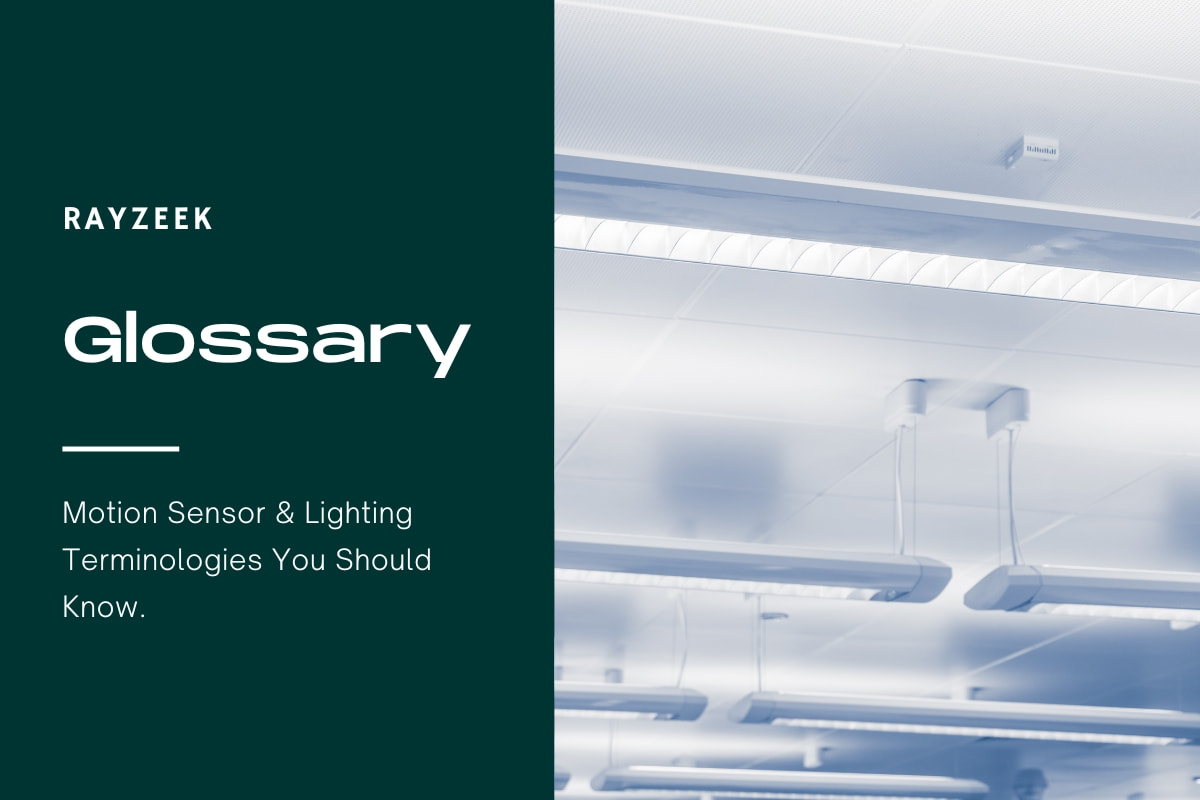What is Transmission
In the context of lighting, transmission refers to the movement of light waves through a material without significant absorption or reflection. It describes how light interacts with objects. When light is directed towards an object, it can be either reflected, absorbed, or transmitted.
Get Inspired by Rayzeek Motion Sensor Portfolios.
Doesn't find what you want? Don't worry. There are always alternate ways to solve your problems. Maybe one of our portfolios can help.
Transmission occurs when light waves pass through a material and continue propagating on the other side. This means that the material allows the light to pass through without being significantly absorbed or reflected. In other words, the material is transparent or translucent to the specific wavelengths of light being transmitted.
The level of transmission can vary depending on the properties of the material and the wavelength of the light. Different materials have different levels of transparency or translucency to different wavelengths of light. For example, glass is often highly transparent to visible light, allowing it to transmit light effectively, while certain plastics may be more translucent.
Looking For Motion-Activated Energy-Saving Solutions?
Contact us for complete PIR motion sensors, motion-activated energy-saving products, motion sensor switches, and Occupancy/Vacancy commercial solutions.
When designing lighting fixtures or luminaires, it is important to consider the transmission properties of materials used for the housing or diffusers. Materials with high transmission properties allow more light to pass through, resulting in higher light output and efficiency. On the other hand, materials with low transmission properties may require additional measures, such as reflective coatings or diffusers, to optimize light distribution and reduce glare.
Frequently Asked Questions
Why Does Transmission Occur in Light
The transmission of light occurs when a ray of light interacts with a transparent object that allows light to pass through it. This happens because the material is translucent and allows the light to travel through it. Light, being a wave, becomes visible to the human eye when it is reflected and absorbed in real-time.
What Is Transmission vs Refraction of Light
Refraction of light occurs when it bends as it passes through different media due to a change in its speed. On the other hand, transmission of light refers to the process of light passing through a material without being absorbed.
Will a Light Come on if Transmission Is Bad
Yes, if there are issues with the transmission, it can trigger the activation of the check engine light. The engine control module (ECM), which is the main computer in your vehicle, communicates with various sensors to monitor the overall functioning of the system. In the event that the transmission sensors detect a problem, the ECM will illuminate the check engine light.
What Are Three Transmissions of Light
When light interacts with an object, it can be transmitted, absorbed, or reflected.
Is Transmission the Same as Reflection
Transmission refers to the movement of electromagnetic radiation through a medium, while reflection involves the bouncing back of electromagnetic radiation either at the boundary between two media (surface reflection) or within a medium (volume reflection).
What Determines if Light Is Transmitted or Reflected
Every matter has its own specific frequency at which its electrons vibrate. If the frequencies are complementary, the light is absorbed. However, if the frequencies do not complement each other, the light is either reflected or transmitted.
Do We See Transmitted or Reflected Light
The light that we see is the transmitted light, and it appears orange in color. The reason why colored objects have their specific appearance is due to the presence of reflected light. When sunlight illuminates a green leaf, it absorbs the violet, red, and orange wavelengths, while the reflected wavelengths give it a green appearance.
What Does 12% Light Transmission Mean
Visual light transmission, also known as VLT, refers to the percentage of visible light that can pass through a lens. In the case of a lens with a VLT of 12%, it means that only 12% of the light is able to shine through, while the remaining 88% is blocked.









